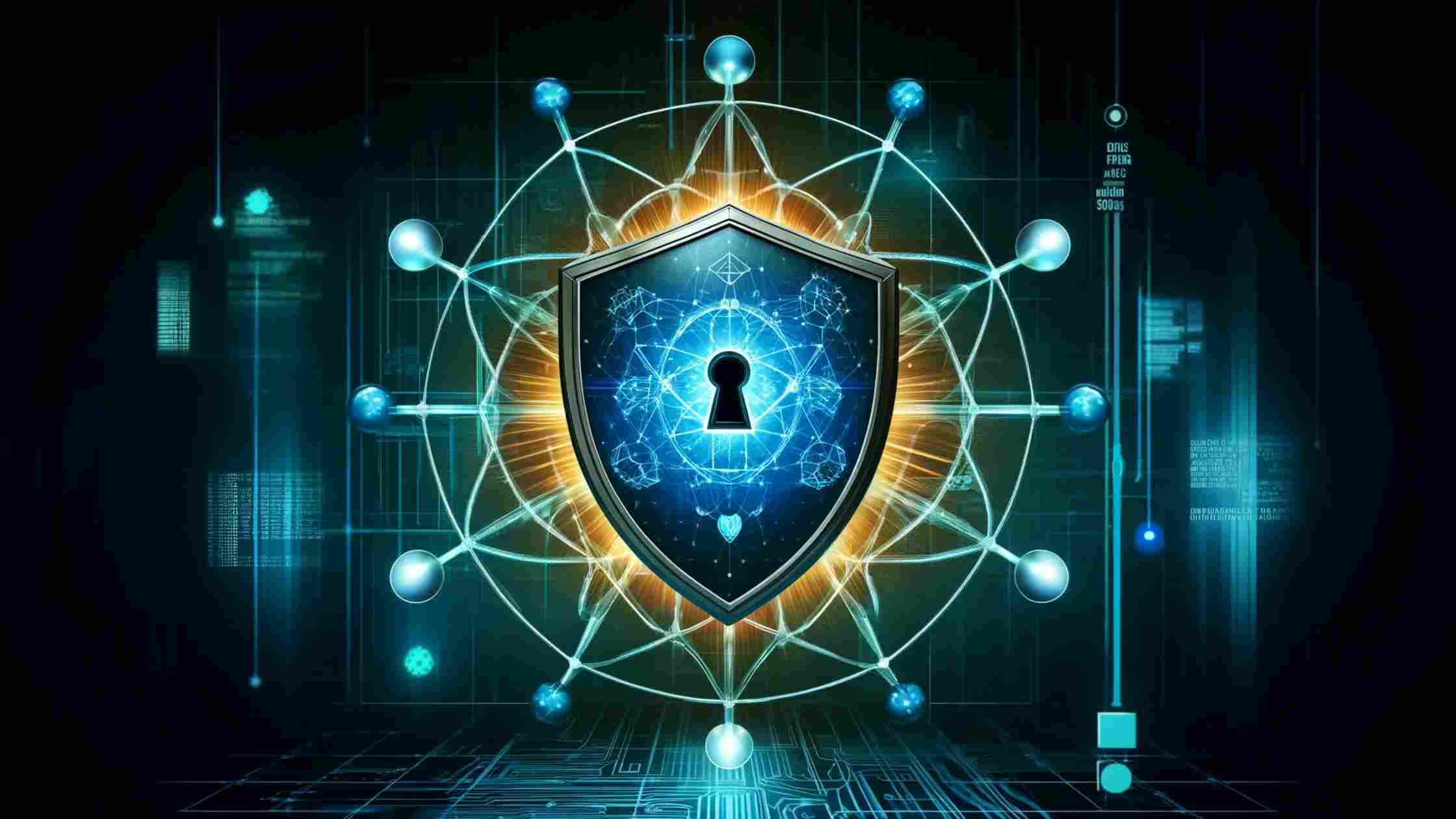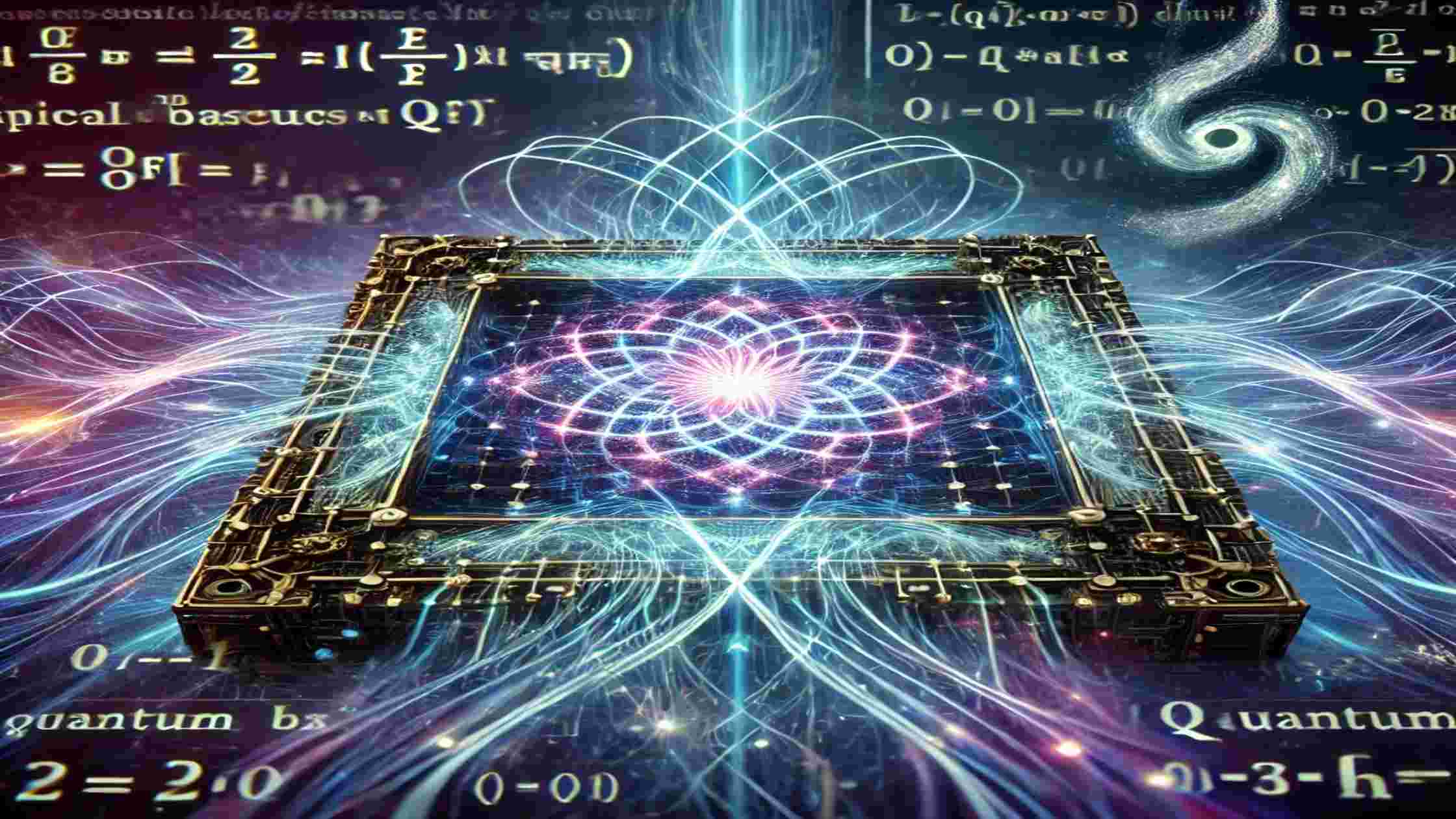Given that cybersecurity threats are developing progressively, the need to obtain more secure means of communicating has never been this immense. Although encryption, an effective method of encrypting information, is vulnerable neither to the increased calculation capacity of adversaries nor quantum computation, which is at times unpredictable, it was against this backdrop that Quantum Steganography was conceived with advanced methods of hiding information based on the fundamental principles of quantum physics.
Covered Contents
ToggleWhat is Steganography?
But before taking a step into the land of quantum steganography, first, it is crucial to be familiar with the basic notion of traditional steganography. The word “steganography” comes from the Greek words “steganos, meaning hidden, and graphein, which means writing. Unlike encryption which makes the content of any message unreadable through jumbling, steganography hides the very presence of that message. For example, the secret message could be encrypted inside an image, an audio file, or even a text document. Thus, it can dress itself in the cloak of innocence for an observer to look past.
The Quantum Leap: What is Quantum Steganography?
Quantum steganography is the ultimate evolution of hiding information. It takes the concept to a completely new level by using properties of quantum mechanics. In contrast to traditional steganography, which embeds messages in images or audio files, quantum steganography uses quantum bits (qubits) and quantum states for data hiding. Quantum states are transmitted over quantum channels, similar to those used in QKD systems.
The key feature of quantum steganography is that it enables not only the hiding of the content of a message but also the hiding of its transmission, making detection by an eavesdropper nearly impossible.
How Does Quantum Steganography Work?
Quantum steganography is based on the following fundamental principles:
Quantum States and Superposition:
Qubits, which form the basis of quantum communication, can be in several states at once because of the principle of superposition. This feature allows for the encoding of information using quantum steganography that is inherently probabilistic and more difficult to detect.
Quantum Entanglement:
The other very important concept is entanglement, which is where qubits get connected in such a manner that the state of one qubit immediately depends on the state of another, regardless of distance. The entangled qubits can be utilized to have secure information shared between two parties while maintaining the hidden message secret.
No-Cloning Theorem:
It is impossible to create an exact duplicate of any random unknown quantum state, according to the no-cloning theorem. This implies that any attempt to intercept or duplicate the concealed data will change the quantum state on its own, warning the sender and recipient of the security violation.
Steps in Quantum Steganography
Preparation of Quantum States: The sender prepares quantum states that encode both the cover message (innocuous information) and the hidden message.
Transmission through a Quantum Channel:They get transferred through a quantum channel which may be an optical fiber or free-space communication link.
Detection and Decoding: The receiver uses the quantum detector and shared secret keys to decode the concealed message without disturbing the quantum states.
Eavesdropping Detection: Any attempted interception of the communication would disturb the quantum states that make the presence of an eavesdropper detectable.
Applications of Quantum Steganography
Quantum steganography has various applications, including:
Military and Government Communications: Secure and covert communication of secret information between military and governmental units
Financial Transactions: Secure and stealthy transmission of financial information
Healthcare Data:Securing health-care information related to patients
Intellectual Property Protection: Protecting intellectual property to avoid access by unauthorized entities to secret research and proprietary information
Challenges and Limitations
Despite these promising opportunities, quantum steganography has several challenges :
Complexity in Technology:
Implementation of quantum communication technology demands very advanced infrastructure and skill sets.
Environmental Sensitivity:
Quantum states are highly sensitive to environmental disturbances, which can degrade signal quality.
High expenses:
The equipment and maintenance expenses involved with quantum science are currently too expensive for general deployment.
Evolving Threats:
As quantum computing improves, new attack routes may arise, demanding ongoing upgrades to security protocols.
The Future of Quantum Steganography
With continued progress in developing quantum technologies, quantum steganography has great possibilities for the future of communication security. Its research and development are very rapid now, and its impetus is mainly for finding means of achieving stronger security algorithms that would stand up well against the capabilities of computers that operate under quantum paradigms.
Conclusion
Quantum steganography is a new approach to data security that combines the art of information hiding with the science of quantum mechanics. An identical clone of any random unknown quantum state cannot be made, according to the no-cloning theorem. Any effort to intercept or duplicate the concealed data will, therefore, change the quantum state and notify the sender and recipient of the breach.



